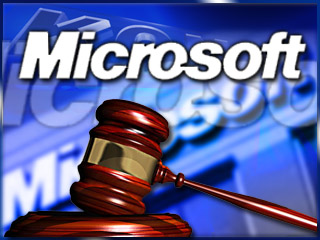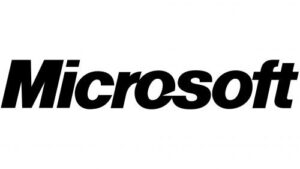Microsoft
Microsoft Buys Full Rights to 86-DOS
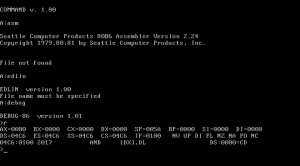
About two weeks before IBM begins shipping the first IBM PC, Microsoft buys the full rights to the operating system 86-DOS, formerly known as QDOS (Quick and Dirty Operating System), from Seattle Computer Products for $50,000. Microsoft had previously paid $25,000 to SCP for a non-exclusive license in December 1980 in order to begin porting the operating system to the IBM PC, which used the Intel 8088 processor. Microsoft renamed 86-DOS to MS-DOS and licensed it to IBM as PC-DOS. SCP would later sue Microsoft claiming fraud because Microsoft did not reveal IBM as a licensee. The case was settled in SCP’s favor for 1 million dollars, a fraction of the annual revenue Microsoft was receiving from MS-DOS and PC-DOS.
The Unholy Alliance is Born
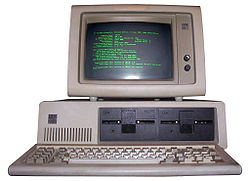
Representatives from an IBM facility in Boca Raton, Florida, where a small group of engineers were secretly developing the IBM PC, meet with Bill Gates and Steve Ballmer of Microsoft to discuss licensing software and an operating system for the still-developing PC. Not having an operating system to offer IBM, Microsoft will eventually buy the rights to QDOS/86-DOS from Seattle Computing Products, which they in-turn license to IBM as PC-DOS, and later license to PC clone makers as MS-DOS. This alliance between IBM and Microsoft forms one of the most dominant platforms in the history of computing, which goes on to crush nearly all other PC platforms in the 80’s and 90’s. Ironically this platform nearly crushes IBM itself as they lost control of the platform to PC clone makers and Microsoft.
Microsoft Incorporated

Founded six years earlier by Bill Gates and Paul Allen, Microsoft officially incorporated as a company. The timing of the incorporation was about 2 months ahead of the release of the IBM PC, which would soon change the fortune of Microsoft and the entire technology industry.
Microsoft Introduces BASIC for 8086
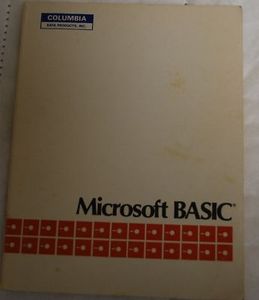
In use at the time by over 200,000 computers with the Z80 and 8080 processors, Microsoft BASIC is introduced for the 8086 16-bit microprocessor. By being one of the first to offer a version of the BASIC programming language for a 16-bit processor and making it compatible with their 8-bit versions of BASIC, Microsoft helped move forward 16-bit computing. But perhaps more importantly, by developing for the 8086 processor, they soon formed a relationship with Seattle Computer Products, one of the first companies building computers with an 8086 processor.
As fate would have it, in 1980 Seattle Computer Products was forced to develop an operating system for their computers because a version of the very popular CP/M operating system was delayed for the 8086. It was this 8086 operating system, which SCP called QDOS (for Quick and Dirty Operating System), that Microsoft soon bought the rights for and licensed to IBM for their new PC. And Microsoft thus began their transformation from a simple software development company in the early history of personal computing to one of the most dominant technology companies in history.
Gates Announces Transition from Microsoft
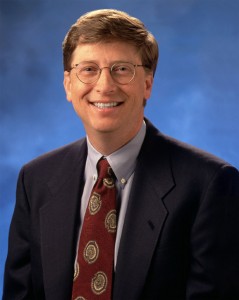
Bill Gates, chairman of Microsoft (Steve Ballmer was CEO at this point) announces that he will transition out of his day-to-day role at Microsoft by July 2008 in order to dedicate more time to the Bill and Melinda Gates Foundation.
The Breakup of Microsoft … That Never Happened
June 7, 2000
United States District Judge Thomas Penfield Jackson orders the breakup of Microsoft into two companies: one that will develop operating systems and one that will develop other applications. Microsoft immediately announces that it will file an appeal of the judgment. What would have been a monumental event in the history of the technology industry never actually happens, however. The ruling is overturned just over a year later. Microsoft will be sanctioned, but it stays one company.
Windows Hits Version 2.1
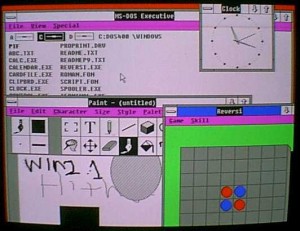
Microsoft releases 2 versions of Windows 2.1 – One for 286 computers and one for 386 computers. Do you remember this version of Windows? No? Not many people do. It wasn’t until version 3 that Windows had any sort of appreciable user base.
Bill Gates’ Internet Tidal Wave
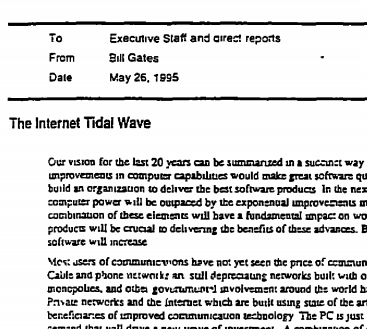
Realizing his company had missed the boat in estimating the impact and popularity of the Internet, Microsoft CEO Bill Gates issues a memo titled, “The Internet Tidal Wave,” which signaled the company’s focus on the global network. In the memo, Gates declared that the Internet was the “most important single development” since the IBM personal computer — a development that he was assigning “the highest level of importance.” Still, it is curious why it took someone who was regarded as a technology “innovator” so long to realize this.
Antitrust Suit Filed Against Microsoft
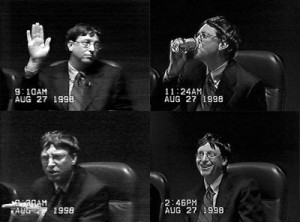
The United States Justice Department and the Attorneys Generals of twenty states plus the District of Columbia file an antitrust lawsuit against Microsoft. The case focuses on Microsoft’s integration of the Internet Explorer web browser into its Windows 98 operating system. The trial becomes one of the most famous events in tech history, eventually resulting in a settlement between the DOJ and Microsoft. In fact, the sanctions levied against Microsoft lasted until May of 2011, almost exactly 13 years after the suit was filed.
Microsoft Registers Their Domain Name … Finally
Microsoft registers the microsoft.com domain name. For such a major technology company, notably this was over 6 years after the domain name system was created and the first domain name registered, and over 4 years after competitor Apple registered apple.com. I guess it was no surprise that it took Microsoft another 4 years to recognize the growing importance of the “Internet Tidal Wave“, about a year after the World Wide Web was already gaining mainstream popularity and most of the rest of the technology industry were already on board.

